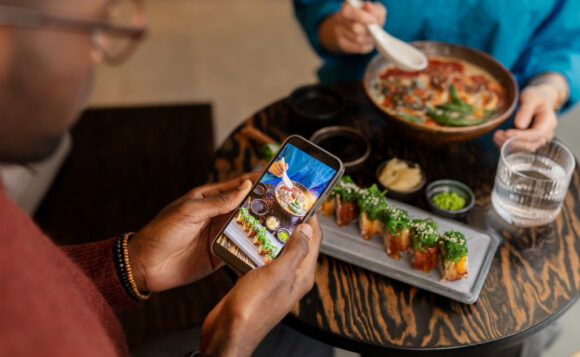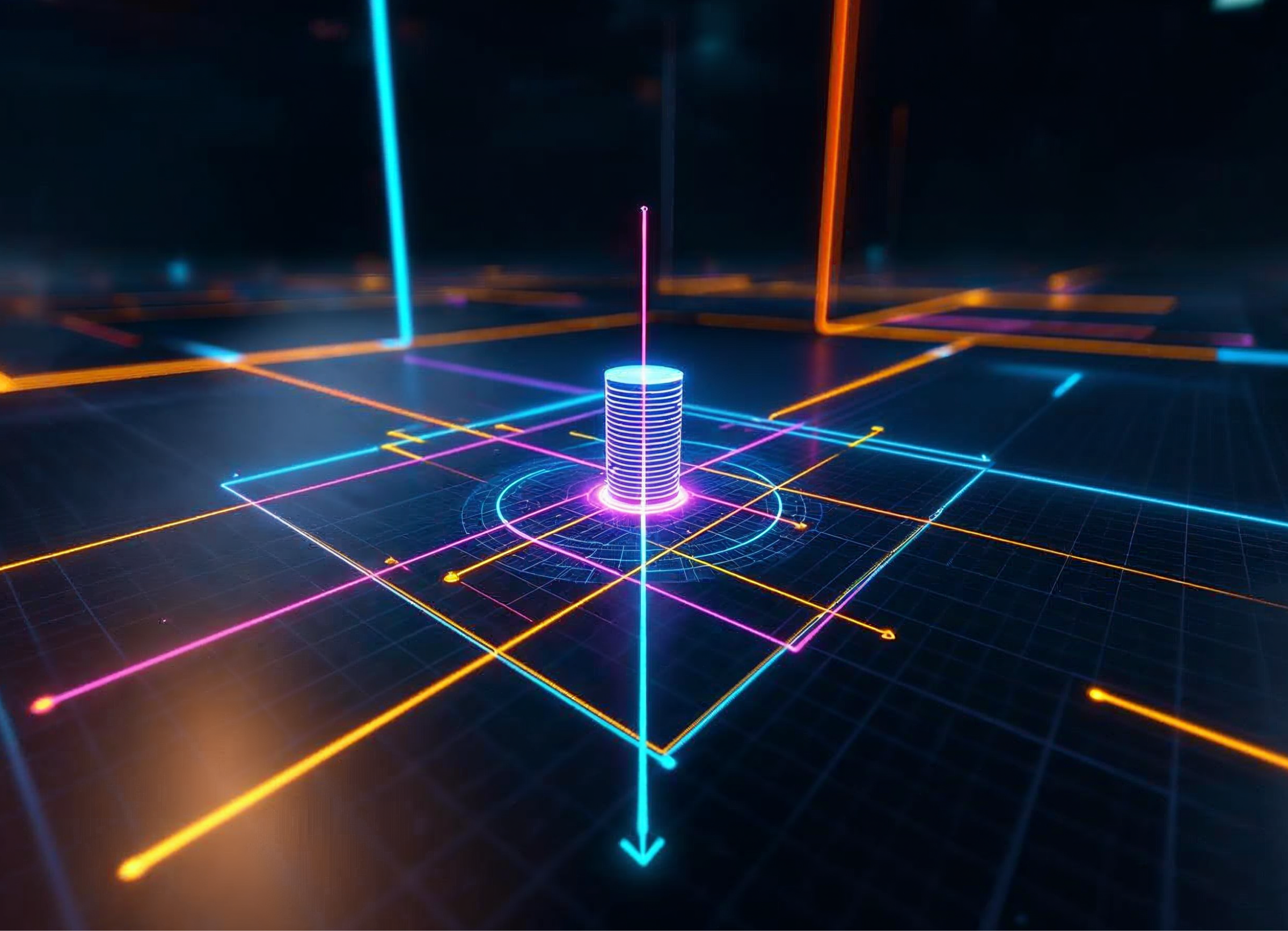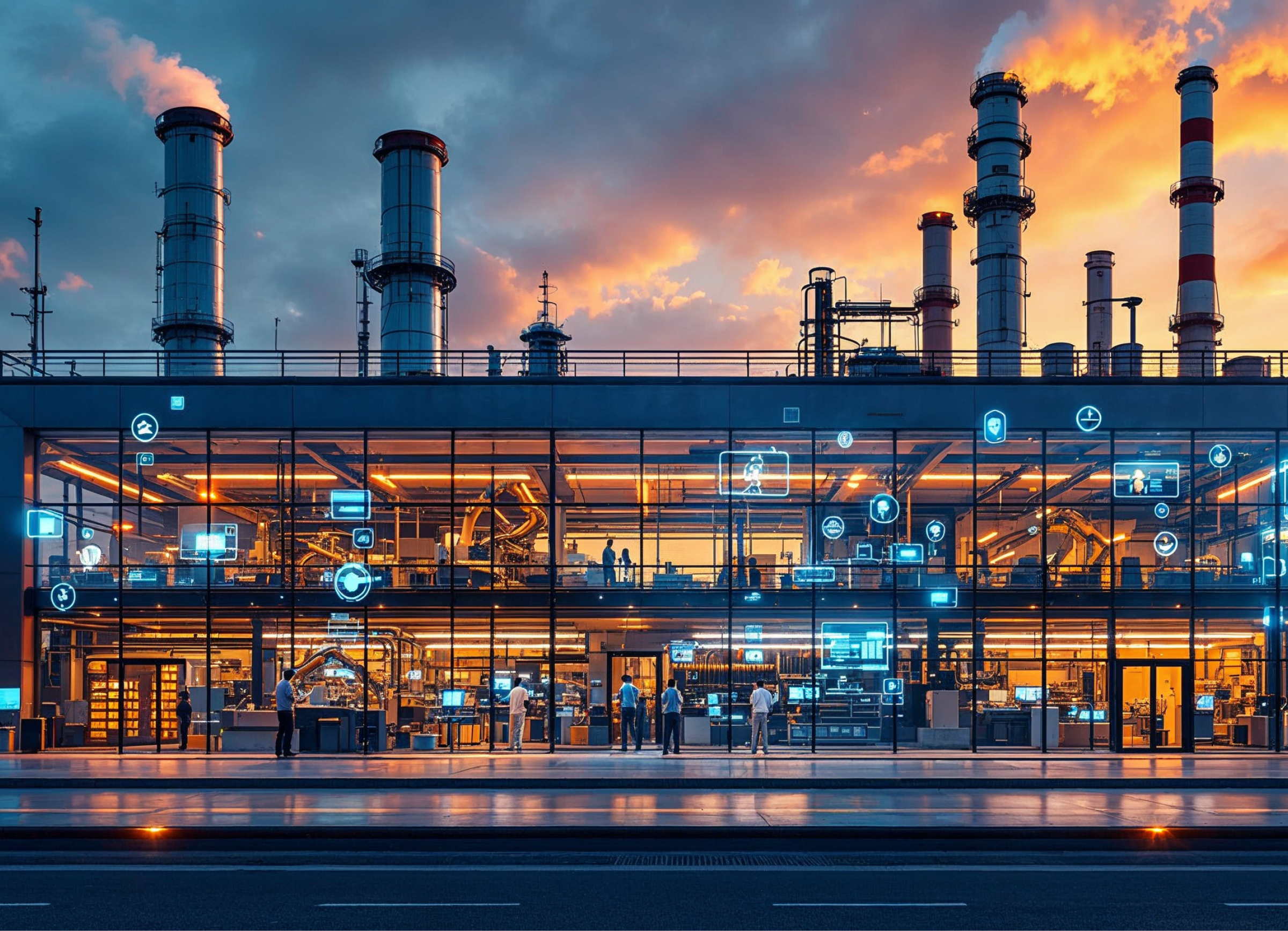
In recent years, the integration of augmented reality and virtual reality has redefined the way we experience restaurants and cafés. The combination of augmented and virtual reality in the restaurant industry has opened up new business opportunities that will be useful to both customers and chefs.
Therefore, it is not surprising that VR and AR are becoming one of the most popular technologies today. According to Glowid, there are currently 171 million users of virtual and augmented reality in the world, and 70% of them believe that VR and AR will become profitable for them.
So, in this article, we will reveal in more detail the main advantages of virtual and augmented reality in the catering industry and discuss the ways they are used in the example of successful use cases.
Augmented Reality in Restaurants: Redefining Dining with Digital Innovation
Power of AR: Revolutionizing the Way Restaurants and Cafés Engage Customers
Augmented reality offers coffee shops and restaurants such advantages as
- Strengthening interaction with customers. It has already been proven in many other industries, that AR increases the level of customer interest in the offered product, and the probability that the customer will want to purchase a particular product that has a digital AR copy increases many times. According to Threekit, the level of customer engagement with a product increases by as much as 200% if they try the AR experience associated with it.
Read also: The way AR/VR influences retail success
- Automation and service facilitation. AR provides experiences that are not only exciting and interesting but also significantly facilitate catering services. For example, a customer can more easily and quickly order a dish through the AR menu, which uses a portable gadget that superimposes a digital double of the dish on a real plate. In addition, AR significantly speeds up the process of customer service and food preparation.
- Increasing the productivity and working skills of employees. Using AR training, you can quickly and effectively improve the work of waiters and cooks. According to DataProt, 70% of users of augmented reality believe that it can improve their skills.
Read also: Boosting Performance and Customer Service: VR Impact on Training in Retail
From Menus to Cooking Guidance: Exploring Augmented Reality in Restaurants
The first popular direction of AR in the restaurant industry is augmented reality menu. This is a convenient function for those who want to try a dish for the first time and learn more about it. Instead of seeing only the name, ingredients, and 2D photos, a visitor uses a smartphone to superimpose a digital 3D model of the dish, which the buyer can examine from all angles.
This option is provided by the fast food chain Pizza Hut. In this AR menu on a portable smartphone, a virtual chef serves as a guide for the customer and helps to navigate the choice of a dish.
While visitors are waiting for their order, they can be entertained by an AR installation that will make the waiting time more exciting and interesting. For example, these experiences are projected directly onto the table, or a user can view them on his smartphone. One of the most famous AR entertainment for restaurant customers is the Le Petit Chef series of comedy sketches, where a little chef tries to cook different dishes.
Read also: The Ways AR Redefines Modern Tourism
And well-known pizzeria PizzaExpress released an AR game for smartphones, Doughball. It’s a 60-second game of soccer, only instead of balls, diners play with balls of dough while they wait for their order to be prepared. This AR game was made in honor of the Football World Cup 2018.
In addition, augmented reality is also a good assistant for cooks. Like, for example, ChefAR, which not only teaches chefs how to prepare meals correctly but also greatly facilitates the process of preparing a meal. The cook will no longer have to be distracted by a smartphone with a browser and video instructions and spend time looking for the right ingredients. With the help of MR glasses, the cook sees all the visual instructions and instructions in front of him in augmented reality. This program is specifically designed for Microsoft Hololens for home cooks, but similar programs are also suitable for restaurant chefs.
Virtual Reality: Next Frontier for Restaurants and Cafés
Exploring Advantages of Virtual Reality Restaurants and Cafés
In particular, virtual reality provides enterprises with such advantages as
- An unusual way of attracting an audience. As it was mentioned above, immersive technologies can increase the level of customer interest in a product or institution. According to Forbes, 75% of well-known brands use VR applications to meet the needs of customers. After all, establishments with VR experiences attract more attention from the audience, because they stand out from competitors who have not implemented VR in their operations.
- An opportunity to evaluate the establishment before the visit and make a decision. In catering business, VR is used for virtual tours, which will allow customers wearing virtual reality glasses to see a preview of the establishment and form their own opinion about it, as well as to decide on the best place in advance.
- Unique and exciting visit to a restaurant or café. Using virtual reality, you can turn ordinary meetings in a coffee shop into an exciting and interesting experience that is not limited to the four walls of the establishment. Your customers will use VR headsets to eat food in digital reality.
Future of Dining: VR Restaurants and Cafés Transforming the Culinary Landscape
To begin with, the client needs to decide in which restaurant he wants to stay. Instead of spending time on the road, he can simply put on VR glasses and see a digital version of your establishment.
For example, the Alarina Project company, which organizes travel and selects hotels, developed a VR restaurant tour created in 360º video format.
In addition, virtual reality is also used when your guests have already entered the restaurant. To turn an ordinary meal into an extraordinary adventure, customers can wear VR headsets and get to another digital dimension.
As, for example, the creators of the Aerobanquets RMX dining experience in Miami did. Visitors wearing VR glasses sit in the hall and at the same time take a virtual tour of a digital fantasy world, pre-recorded by the head chef of the restaurant. At the same time, visitors eat real dishes and simultaneously see their digital copies in front of them.
“How do you visualize taste? What is the shape of spice? What is the color of flavor? I conceived Aerobanquets RMX as a total feast for the senses, a multisensory journey, a tool to reprogram all our perceptive expectations”, said Mattia Casalegno, artist and designer of the VR experience.
From immersive AR menus that showcase 3D models of dishes before ordering to virtual reality dining that transports diners into digital worlds, the possibilities of virtual and augmented reality are truly vast. In addition, the food industry has incorporated these technologies into its operations to make staff work faster and easier through training and digital guidance. And this is only part of the directions where virtual and augmented reality have found their application.
Image: Freepik



